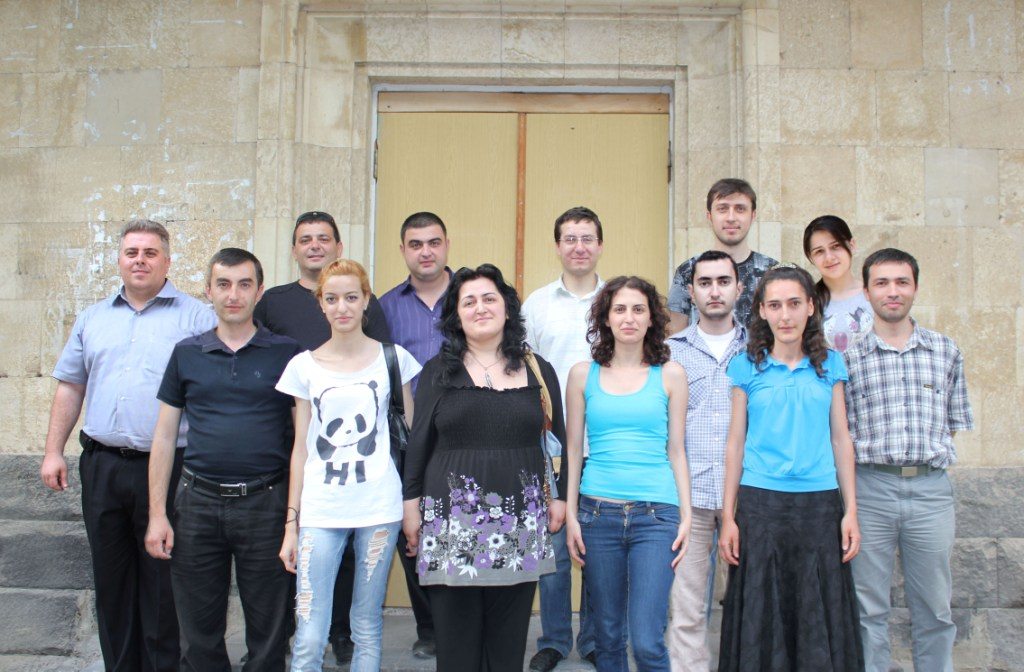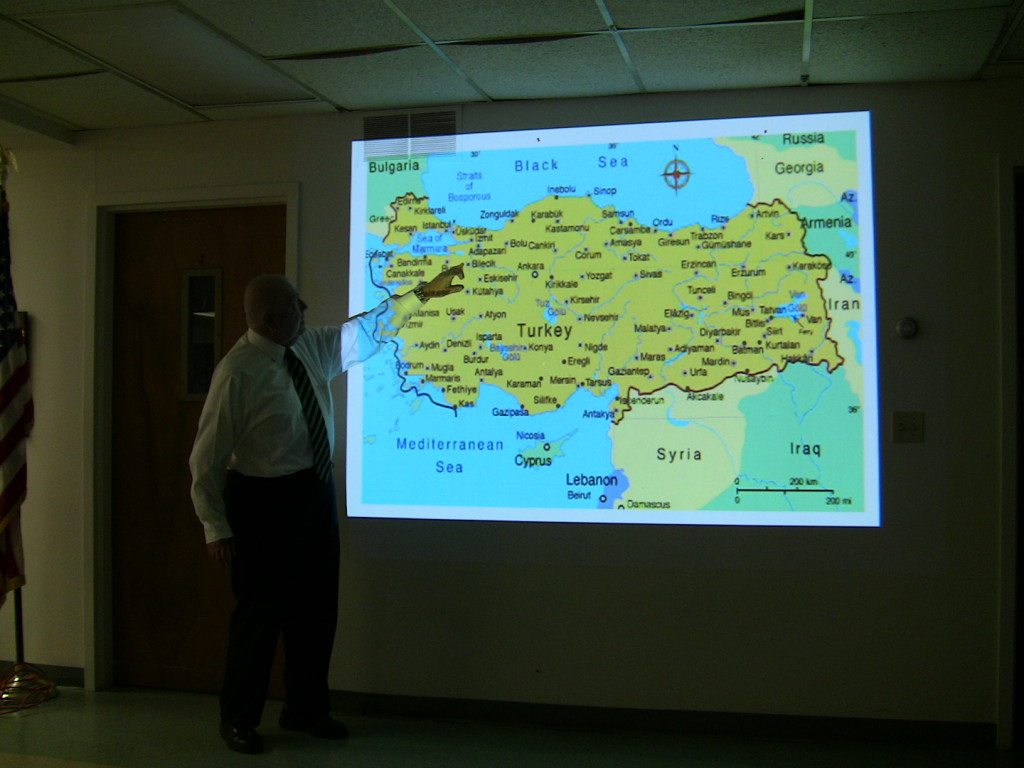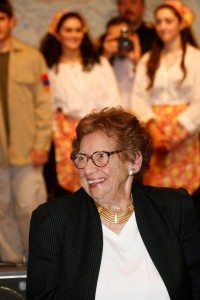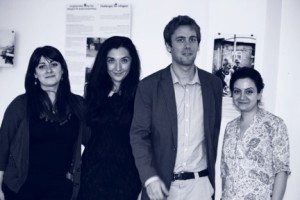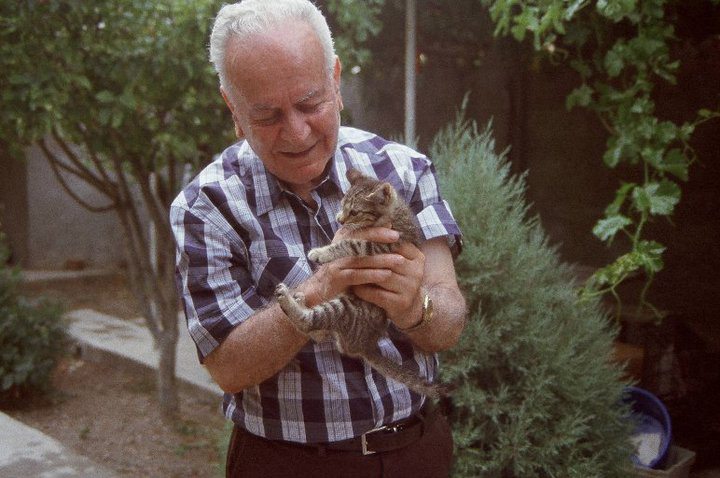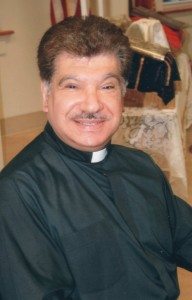HAVERHILL, Mass.—It all started in 1938 with a gasoline pump and sound business acumen.
Fred Jaffarian, the first Armenian American born in this city, leased a gas station on Haverhill’s River Street. Together with wife Alice, who worked at a nearby shoe factory, the two began an automotive dynasty that stretched 75 years through 4 generations.

City of Haverhill honored Jaffarian Volvo & Toyota for 75 years of continuous business through four generations. (L-R) Gavin Jaffarian, Mayor James Fiorentini, and brothers Gary and Mark Jaffarian, who spearhead the enterprise.
The two entrepreneurs left the management antics to cousin Charlie while they both labored in the factory. Every day they would go straight from the sweatshop to work the gas station, eventually phasing out the grueling schedule when the station became successful.
Fred’s gregarious personality kept customers coming back while Alice’s frugality maximized profits. Together, they cultivated the perfect formula for the American dream.
Today, it ranks as the oldest Volvo-Toyota dealership in New England, donating thousands of dollars each year to the welfare of their community, much of it dedicated to the Haverhill High School Athletic Fund for the welfare of its youth.
“We owe it all to my grandparents and parents,” said President Gary Jaffarian. “They laid out the groundwork so diligently. You build up a reputation for good service and it matriculates on its own. We’ve been blessed with a steady and growing clientele.”
The city turned out Oct. 19 to celebrate the milestone with a family-spun atmosphere, a citation from Mayor James Fiorentini, and plenty of non-stop congratulatory offers from visitors.
Rev. Stephan Baljian, the newly appointed pastor of St. Gregory Church, North Andover, stopped by with his family to offer his blessings. The function hall in his church is named after the Jaffarians.
Fred and Alice ultimately turned the business over to their son Richard, who cultivated it before passing it along to his three sons, Gary, Mark, and Paul, who has since passed. Gary’s son Gavin is the latest to hop aboard the bandwagon, running the Volvo service.
According to the Family Business Review, less than 30 percent of family-owned businesses in the United States survive to the second generation, and less than 12 percent to the third generation, with only a 3 percent survival rate to the fourth generation.
The dealership expanded to sell tires, lawnmowers, and Hudson automobiles. In the early 1950’s, they switched from Hudsons to Ramblers and added more service bays.
Unsatisfied with Rambler’s quality, Richard wanted something better. Haverhill at that time (1958) had enough domestic-auto showrooms so he looked further. Hours of library research led him to a solution: Volvo of Sweden.
Richard’s ability to handle the business gave his dad time to help the community. Fred sponsored athletic teams and volunteered often, eventually landing a hallowed place in the Haverhill Sports Hall of Fame.
The brothers came along and were weaned slowly into the rotation, sweeping floors and cleaning bathrooms. Gary so relished this work that he’d hitchhike there after school.
The gas islands gave way to a state-of-the-art showroom in 1967. Through smart business tactics and diehard determination, they survived the 1970’s gas crisis, sky-high interest rates, and recessions.
The family gradually acquired adjacent properties to expand, including a 6,000-square foot Collision Center. Mark found his niche in the body shop while Paul built a far-reaching reputation as the go-to-guy for auto parts.
The current showroom opened in 2003. Mark continues to run the Collision Center. Gary is president and CEO, while his son handles the Volvo enterprise.
Talk about it with Gary and he’ll quickly admit, “It’s the Jaffarian way.”
“My brothers and I did fine together,” he says. “Dad was able to sit back the last 25 years of his life and enjoy watching us and my son Gavin working the business. His eyes sparkled when he saw us making deals. The American Dream turned out to be even more than my father and grandfather ever expected.”





